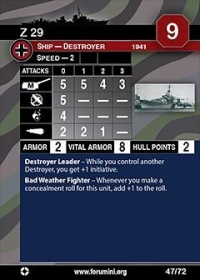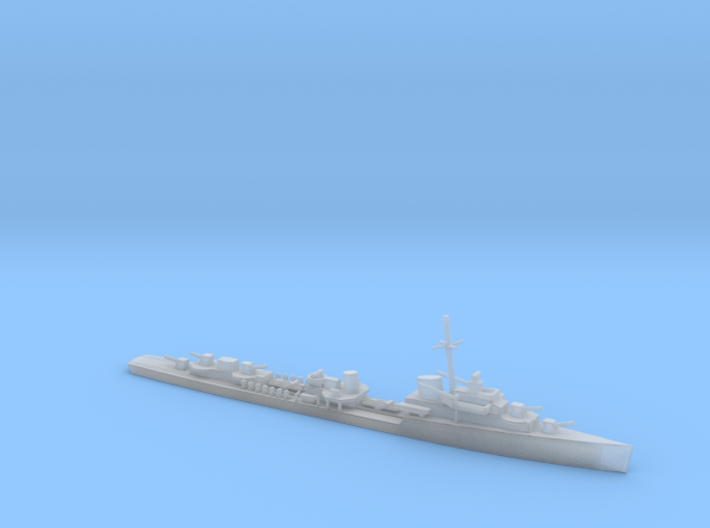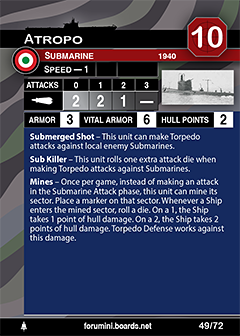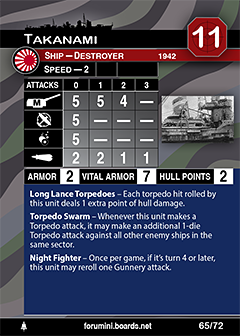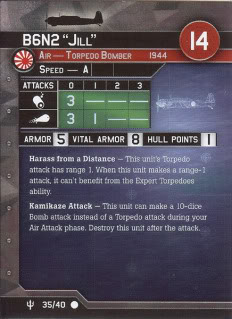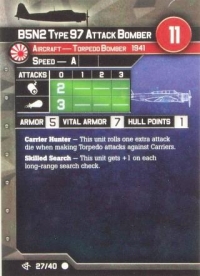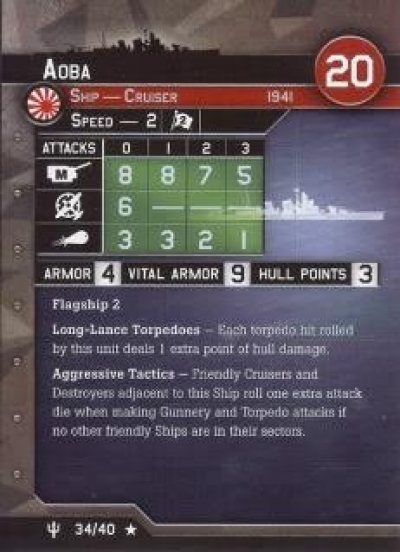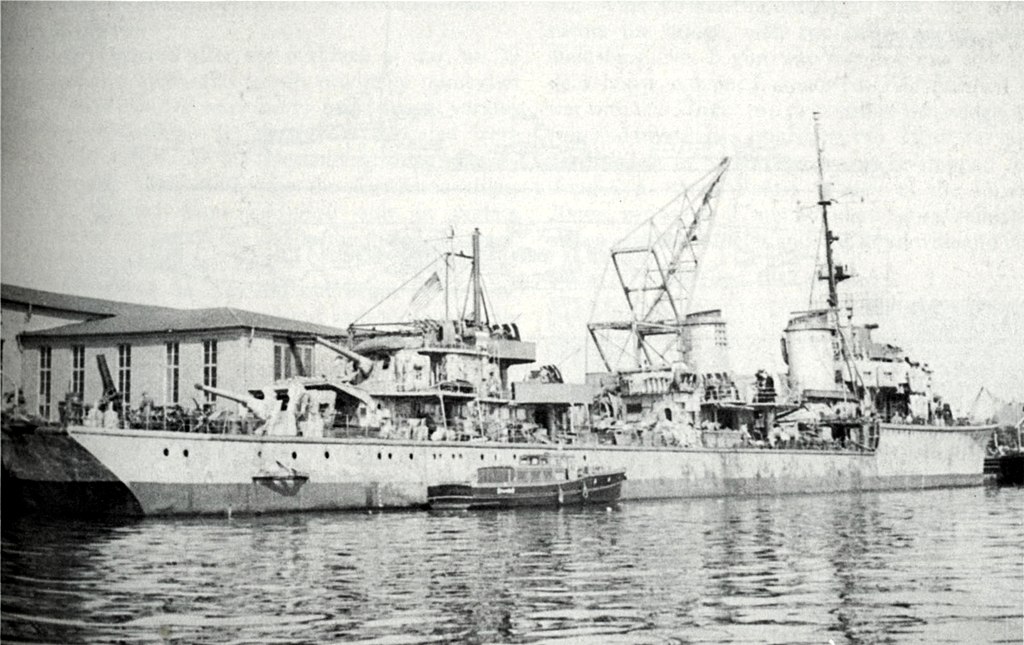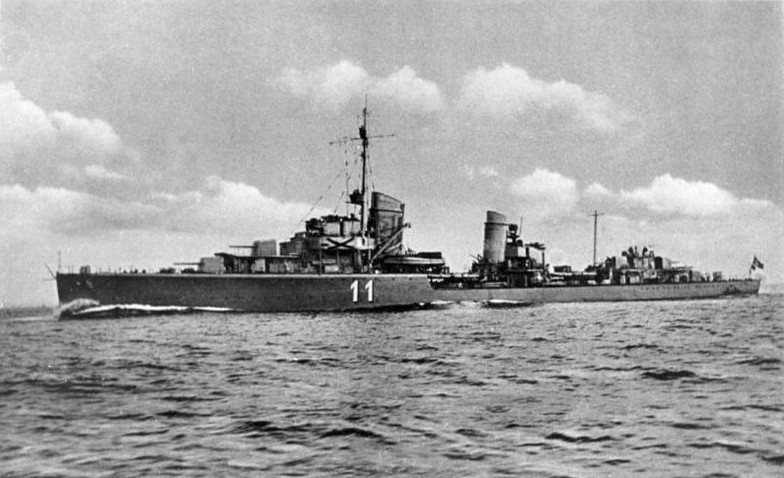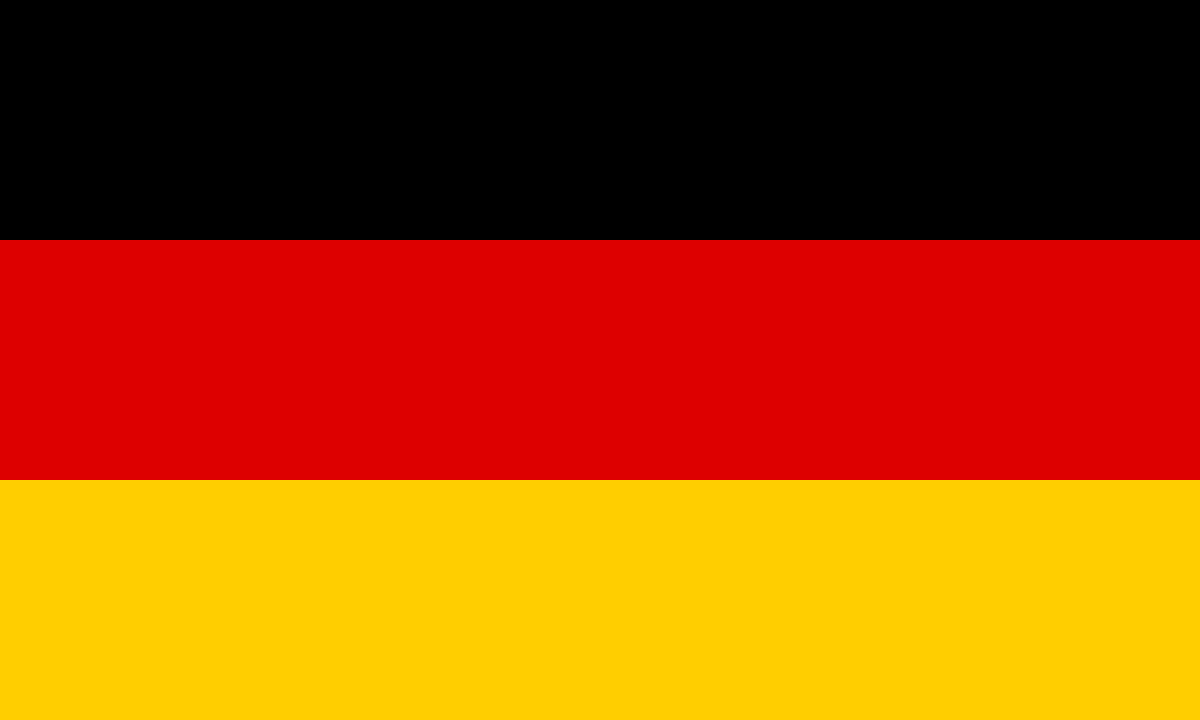1934 Series: This class of four ships was the first German destroyer class. It was designed around a new type of engine, using high pressure steam. This should have allowed higher speed, while saving space and crewmembers. The engine was however so complicated and prone to breakdown, that it forced the navy to assign even more very highly qualified personnel on board to operate and service them. As a result of stability problems, the range of the ships had to be restricted by navy regulations, allowing them only to use half of the fuel carried, to prevent the ships from becoming too light. The bow proved to be a faulty design, resulting in the ship to get too wet in heavy seas. This was fixed by rebuilding all four ship of the class before 1939. Four destroyers were laid down between October 1934 and January 1935. Only one ship survived the war. The ships were named after German navy personnel killed in World War I.
1934A Series: Twelve destroyers laid down between July and November 1935. They were only slightly modified from the design of the preceding 1934 class and continued their predecessors' limited endurance and magazine capacity - factors which contributed to the heavy German losses in the Second Battle of Narvik. Five survived the war.
1936 Series: These 6 ships (of 26 planned) ordered under the 1935 Program were improved and enlarged versions of the 1934 and 1934A classes. Most of the serious faults of the earlier ships had been resolved: engine reliability and the structural integrity was much improved and they were much better seagoing ships, shipping less water through an improvement in the design of the bows. Despite this, five of this newer type were also lost at Narvik in April 1940.
1936A Series: Eight destroyers intended to carry new 150 mm (5.9 inch) guns in single turrets with a twin turret at the bow. The twin mountings were not ready in time and so singles were first used, and the twins fitted later (only to four ships: Z-23, Z-24, Z-25, Z-29). Anti-aircraft armament was substantially improved. Despite reusing earlier ship designs as a basis, with modifications to improve seaworthiness, the ships were wet in heavy seas, especially fitted with heavy turrets. After much effort, the problem was traced to a newly designed stern. However, this problem was somewhat offset by the fact that the twin mount was fully enclosed and had a high maximum elevation, allowing limited use against aircraft. These ships reverted to the traditional German practice of giving torpedo ships numbers rather than names. Four survived the war.
1936A(Mob) Series: When war broke out in 1939, planned new destroyer classes were cancelled and twelve additional 1936A vessels (Z.31 to Z.42, although the last three were to be cancelled) were ordered with slight modifications to speed construction and save materials. The 150 mm twin turrets had been manufactured for planned, but never built, "O" class battlecruisers. In war service, the engines were more reliable than in earlier ships but at the end of the war, heavy corrosion was discovered. Seven of this sub-class were built: one was sunk, another two were severely damaged and not repaired. The remaining four were war booty allocated to the Allies.
1936B Series: The main armament of this class reduced back to single mounted 127 mm guns and the anti-aircraft armament was increased. The efficacy of this change was not proven in high seas as this sub-class only operated in the Baltic and coastal waters. Eight ships to this design were ordered, but the orders for Z.40, Z.41 and Z.42 (all three ordered from Germaniawerft at Kiel) were replaced by orders for three Spähkreuzer ("scout cruisers"), to be numbered Sp.1, Sp.2 and Sp.3 respectively. Two ships (Z.44 and Z.45) were never completed, being suspended in 1944 and scuttled incomplete after the war. The three that were commissioned were all lost.
If you see errors or missing data in this entry, please feel free to log in and edit it. Anyone with a Gmail account can log in instantly.


